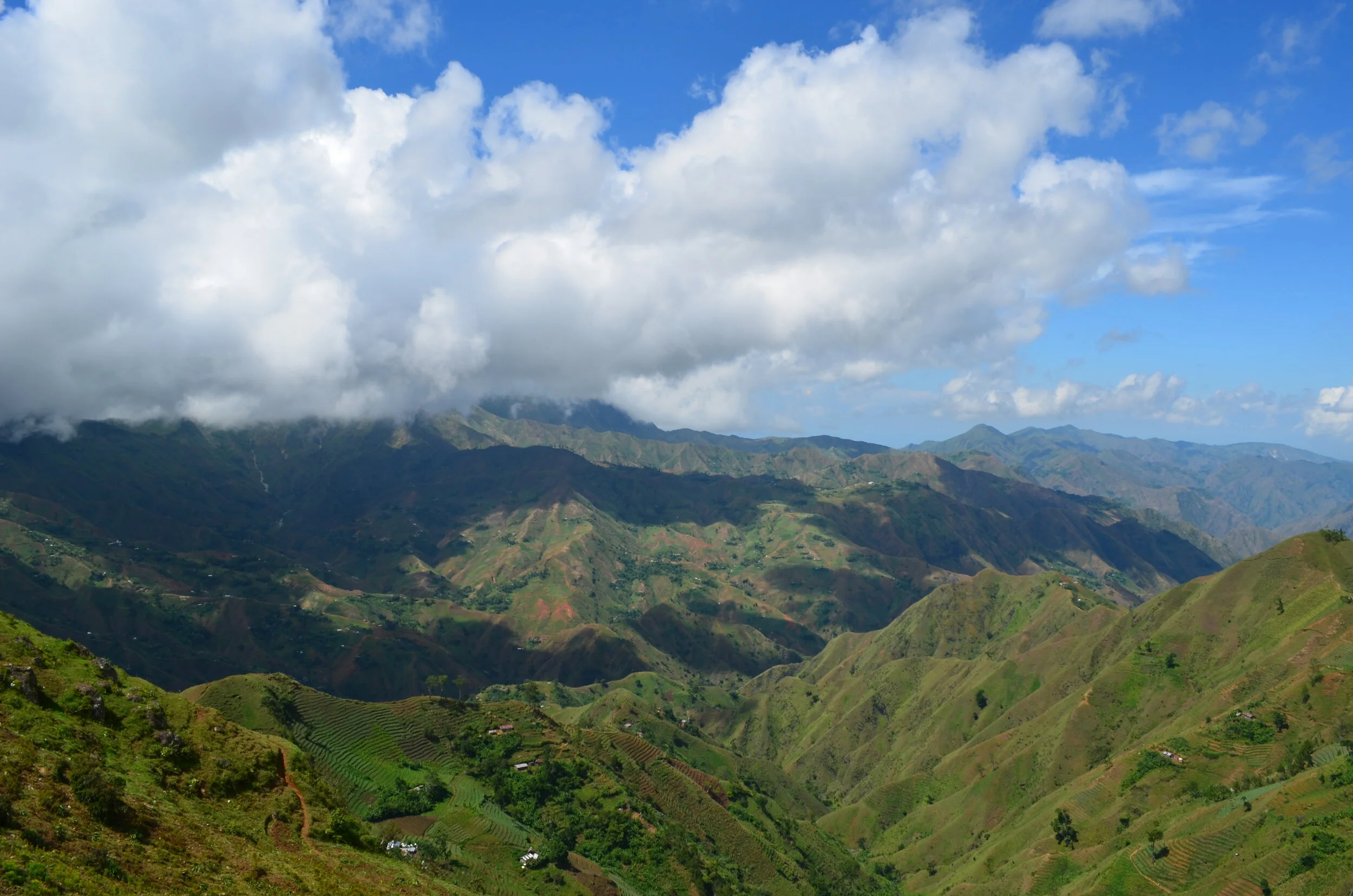Curtis’s Botanical Magazine is an illustrated publication that began in 1787 and is still published today. The Magazine is published by Kew Gardens and is the oldest and most widely cited work of its kind. Plumeria first appeared in the Magazine in 1794 by William Curtis and three more taxa appeared in the 19th century. The first Caribbean endemic species of Plumeria to be featured in the Magazine is Plumeria filifolia, a thin-leaved species from Cuba.
Read MoreBotanical gardens are urban havens and not only pillars for conservation, education, and research but also for exploration. Fairchild Tropical Botanic Garden (FTBG) was founded in 1938 and named after famous plant explorer, Dr. David Fairchild. Fairchild was a meticulous record keeper and the Fairchild Archives hold many historical documents and photos related to his travels. I was curious if there were any photographs or records of Fairchild collecting wild Plumeria, commonly known as frangipani, in any of his travels, so several students who have been working with my advisor in the archives agreed to see what they could find.
Read More
Yesterday was International Mountain Day, as observed by the United Nations. I love this year’s theme: Mountains Matter for Youth. Our youth are the future leaders of tomorrow. Education, not only on the importance of mountains, but on all natural ecosystems and the biodiversity that they contain has been a large part of my daily inspiration. When I first saw that mountains were being celebrated, I thought of all of the mountainsides where I have looked for wild growing Plumeria, particularly in Haiti.
Read MoreTo scientists, plants are known by their scientific name; to everyone else, they are usually known by a common name. Charles Plumier likely discovered the first Plumeria plant and it wasn’t officially described to science until Linnaeus in 1753. Since then, it has been an icon in tropical gardens around the world. Commonly known as Frangipani, a name that has an unusual story that started in London. You might be surprised to learn that both names have an interesting origin.
Read More




